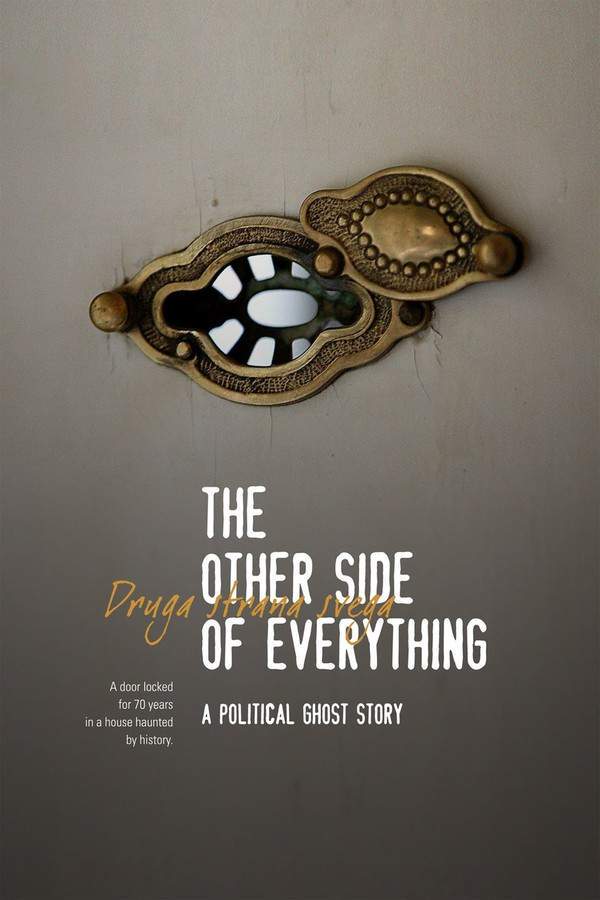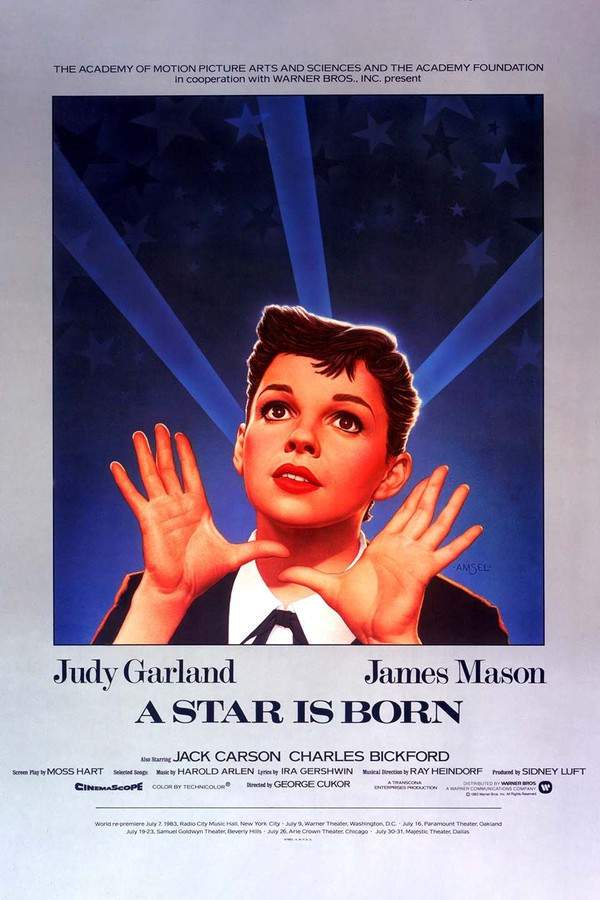
Sardari Begum
Year: 1996
Runtime: 135 mins
Language: Urdu
Director: Shyam Benegal
1996 Hindi film directed by Shyam Benegal, starring Kirron Kher, Amrish Puri, Rajit Kapur and Rajeshwari Sachdev. Kirron Kher won the 1997 National Film Award – Special Jury Award; Rajeshwari Sachdev earned Best Supporting Actress. Vanraj Bhatia music and playback singer Arati Ankalikar‑Tikekar. It examines family ties, politics and mores in India.
Warning: spoilers below!
Haven’t seen Sardari Begum yet? This summary contains major spoilers. Bookmark the page, watch the movie, and come back for the full breakdown. If you're ready, scroll on and relive the story!
Sardari Begum (1996) – Full Plot Summary & Ending Explained
Read the complete plot breakdown of Sardari Begum (1996), including all key story events, major twists, and the ending explained in detail. Discover what really happened—and what it all means.
The story unfolds amidst the vibrant and tumultuous backdrop of Delhi’s walled city, where tragedy strikes during a riot when a woman named Sardari Begum, a renowned singer and courtesan, is killed by a thrown stone from an angry mob. Her death draws immediate attention from the police and the media, partly because of her famed reputation and partly because of the complex social and religious tensions surrounding her life. The community sees her as a symbol of artistic brilliance, but her story is also one of rebellion against traditional norms.
The narrative centers around Tehzeeb Abbasi, a young and inquisitive reporter who is covering Sardari Begum’s funeral. During her investigation, Tehzeeb notices her father, Rajit Kapoor, among the mourners, which sparks her curiosity and prompts her to delve into her late aunt’s life and legacy. As the story reveals, Sardari Begum was disowned by her family for daring to learn music from a courtesan and choosing to pursue her passion despite societal disapproval. She was a woman who defied conventional expectations to follow her dreams, which eventually led her to fame.
Tehzeeb’s probe uncovers the layers of her aunt’s past, including a poignant flashback to a fraught relationship with her brother, Jabbar, who loved her deeply but disapproved of her rebellious spirit. Jabbar [played by Shri Vallabh Vyas] confesses to Tehzeeb that despite his love for Sardari, he couldn’t support her musical aspirations, which caused a rift between them. He recalls how Sardari refused to accept money from him for her education and how she turned rebellious from a young age, driven by her innate passion for singing. Their argument ended with Jabbar leaving her home forever, vowing never to return.
The film then shifts into a detailed exploration of Sardari Begum’s tumultuous life. After fleeing her home in Agra, Sardari seeks shelter at Ittan Bai’s residence but is refused. Her journey takes her to Hemraj’s [played by Amrish Puri], a zamindar and a lively, complex character who hosts gatherings of courtesans and artists. Sardari finds refuge with Hemraj, who is attracted to her, and she begins to perform at his house. Her talent quickly catches the attention of Sadiq Moosvi, a friend of Hemraj and a regular at these gatherings. Sadiq, portrayed by Rajit Kapoor, is deeply attracted to Sardari but is initially cautious.
As Sardari slowly falls in love with Sadiq, she becomes pregnant with Hemraj’s child, a secret that complicates her life further. Eventually, she and Sadiq marry secretly in Delhi, and thereafter she rises to fame as a singer of thumris, enchanting audiences with her passionate voice. Her career flourishes, and she becomes a celebrated artist, all while giving birth to her daughter Sakeena. Despite her success, troubles brew within her marriage; Sadiq begins to exploit her and her earnings, leading to frustration and heartbreak.
Sardari’s unfiltered passion for her art remains central to her identity, but her personal life is fraught with difficulties. Her relationship with her husband deteriorates, especially after a failed recording session sparks a heated confrontation. Feeling betrayed, Sardari throws Sadiq out, realizing he was more interested in her fame and money than her as a person. This marked a turning point, and her career begins to decline. She becomes increasingly isolated, and her popularity wanes as she stops performing publicly. Struggling financially, she arranges marriages to make ends meet, showcasing her desperation and the sacrifices she made for her family.
Throughout her life, Sardari’s complex personality is highlighted, especially her deep love for her daughter Sakeena, whom she raises with strict discipline. Sakeena, played by Smriti Mishra, grows up feeling constrained and longing for her mother’s affection and freedom. When Tehzeeb finally meets her, Sakeena reveals her mother’s true nature — not just the celebrated singer but also a woman limited by societal expectations. She narrates how Sardari, perceived as a glamorous artist, was also a woman of contradictions: strict, protective, and sometimes selfish. She kept her daughter isolated from the outside world, denying her normal childhood and independence.
A pivotal moment occurs when Sakeena describes her own conflicts and the way her father, Kumud Mishra, once visited and had a heated argument with Sardari. This exemplifies the personal sacrifices and misunderstandings that shaped their lives. Sakeena’s perspective paints a nuanced picture of Sardari — both as a legend and a flawed human being. Her story culminates in a tragic scene where Sardari practices her singing, only to be struck by a stone during a riot. As she lays dying, she calls out to her daughter, asking her to sing one last time, a final plea for her love of music and life.
Sakeena responds with a heartfelt performance, and Sardari’s death marks the end of her turbulent journey. Inspired by her aunt’s story, Tehzeeb embraces her legacy and writes an emotional article. She finally breaks free from her relationship with her married editor, [Rajit Kapoor], and reconciles with her father, finding peace and understanding in her own life. The film concludes on a hopeful note, showing Sakeena practicing her singing, signifying the continuation of Sardari’s musical lineage and the enduring power of art.
In the end, the story of Sardari Begum is a poignant tale of passion, rebellion, and sacrifice — an artist whose life was as dramatic and soulful as her performances, leaving behind a legacy that transcends tragedy and societal constraints.
Last Updated: August 19, 2025 at 05:14
Explore Movie Threads
Discover curated groups of movies connected by mood, themes, and story style. Browse collections built around emotion, atmosphere, and narrative focus to easily find films that match what you feel like watching right now.
Movies about artistic sacrifice and legacy like Sardari Begum
Stories exploring the heavy personal cost of an artist's defiant life and work.If you were moved by Sardari Begum's exploration of a singer's defiant life, you might enjoy these similar movies. This thread features dramatic stories about artists who face immense personal cost for their passion, leaving behind a legacy marked by both triumph and tragedy.
Narrative Summary
Narratives in this thread often unfold through investigation or reflection, piecing together the artist's life from multiple perspectives. The journey typically involves a central conflict between raw talent and rigid tradition, culminating in a tragic or bittersweet end that forces others to confront the meaning and cost of the art left behind.
Why These Movies?
Movies are grouped here for their shared focus on the artistic struggle, the heavy emotional weight of defying norms, and the melancholic tone that pervades stories of creative genius shadowed by personal loss.
Slow-paced family mystery dramas like Sardari Begum
Unraveling a complex family's painful history through a methodical, sorrowful inquiry.For viewers who appreciated the investigative structure and emotional depth of Sardari Begum, this collection features movies with a similar somber mood. These films use a steady pace to explore complex family dynamics, grief, and the secrets that surface after a tragic event.
Narrative Summary
The narrative pattern involves a present-day inquiry, often led by an outsider or a returning family member, that slowly peels back the layers of a troubled history through interviews and flashbacks. The structure balances revelation with reflection, building a poignant portrait of a life defined by conflict and the unresolved tensions that haunt those left behind.
Why These Movies?
These films are connected by their investigative structure, a steady, methodical pacing that allows for deep emotional exploration, and a consistently somber, melancholic mood focused on grief, legacy, and the truths uncovered within families.
Unlock the Full Story of Sardari Begum
Don't stop at just watching — explore Sardari Begum in full detail. From the complete plot summary and scene-by-scene timeline to character breakdowns, thematic analysis, and a deep dive into the ending — every page helps you truly understand what Sardari Begum is all about. Plus, discover what's next after the movie.
Sardari Begum Timeline
Track the full timeline of Sardari Begum with every major event arranged chronologically. Perfect for decoding non-linear storytelling, flashbacks, or parallel narratives with a clear scene-by-scene breakdown.

Characters, Settings & Themes in Sardari Begum
Discover the characters, locations, and core themes that shape Sardari Begum. Get insights into symbolic elements, setting significance, and deeper narrative meaning — ideal for thematic analysis and movie breakdowns.

Sardari Begum Spoiler-Free Summary
Get a quick, spoiler-free overview of Sardari Begum that covers the main plot points and key details without revealing any major twists or spoilers. Perfect for those who want to know what to expect before diving in.

More About Sardari Begum
Visit What's After the Movie to explore more about Sardari Begum: box office results, cast and crew info, production details, post-credit scenes, and external links — all in one place for movie fans and researchers.































